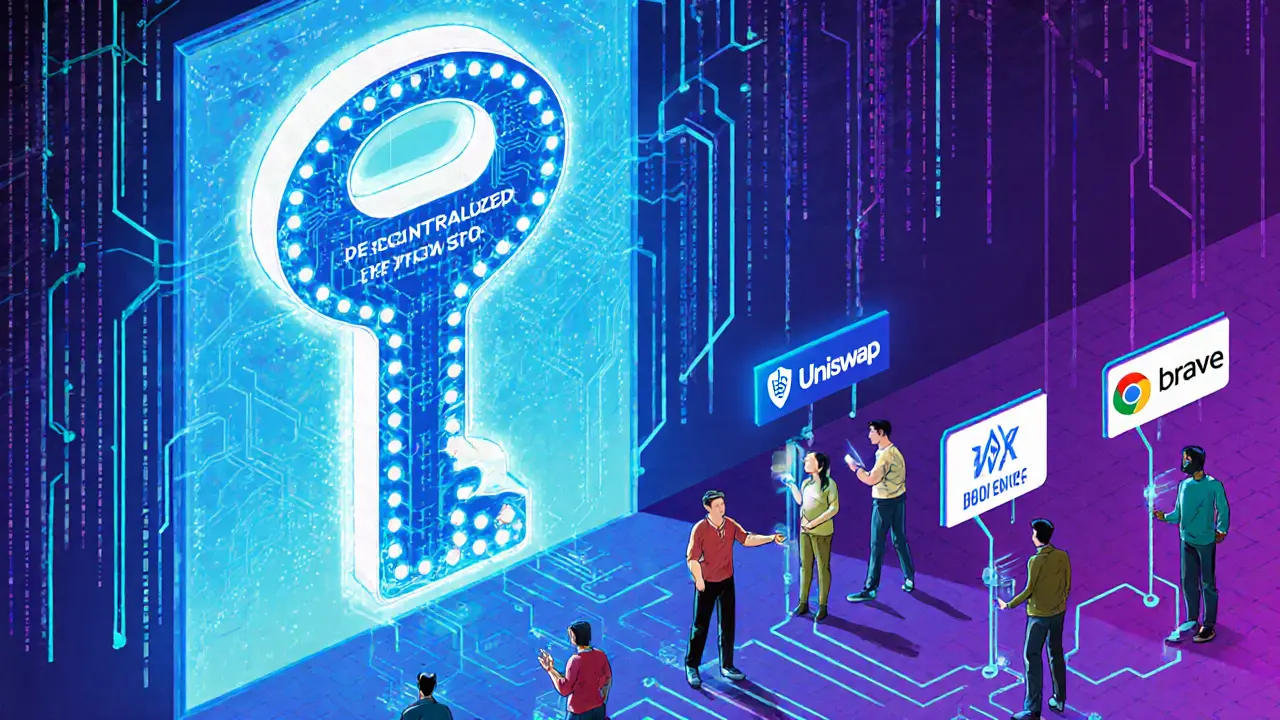Blockchain Tokens: What They Are, How They Work, and What You Need to Know
When people talk about blockchain tokens, digital assets built on existing blockchains like Ethereum or Solana, used for everything from trading to governance. Also known as crypto tokens, they're not the same as coins like Bitcoin—they don’t have their own chain. Instead, they run on top of one, making them faster to launch and easier to integrate into apps. These tokens are the backbone of DeFi, NFTs, and even meme coins like MONKY or BREW you see popping up on social media.
Not all blockchain tokens are created equal. Some, like DeFi tokens, tokens that give users voting power or rewards in decentralized finance platforms, actually let you earn interest or help run a protocol. Others, like the tokenomics, the economic design behind a token—its supply, distribution, and how value is created or destroyed of a coin like CHILI or SPURDO, are built more like a gamble than a system. One has a fixed supply, another has 69 quadrillion tokens with no real use. That’s why understanding tokenomics isn’t just jargon—it’s how you tell the difference between something that might last and something that’ll vanish by next month.
Blockchain tokens enable things you can’t do with regular money. They let you prove ownership of digital art, vote on how a protocol changes, or even earn rewards just for holding a coin. But they also come with risks. Many tokens, like FLASH or Zedxion’s native asset, were launched with big promises and zero delivery. Others, like MDX or KALA, are tied to airdrops that never materialize—scammers love that confusion. The real value isn’t in the hype. It’s in the use case. Is the token used to pay for services? Does it unlock access? Or is it just a ticker symbol with a Discord group?
You’ll find posts here that break down real tokens, not theories. We cover why Wise Monkey (MONKY) went viral on BNB Chain, why BREW on Solana has no exchange listings, and how GIBX Swap’s data inconsistencies raise red flags. You’ll also see how blockchain immutability matters in supply chains, how public vs private chains affect token design, and why UK regulators are now watching every crypto transaction. This isn’t a list of random coins. It’s a practical guide to what works, what doesn’t, and what to watch out for before you invest.
Token utility determines whether a crypto token has lasting value. Learn how real-world use cases, not speculation, drive value accrual in blockchain ecosystems through practical examples and smart design.

